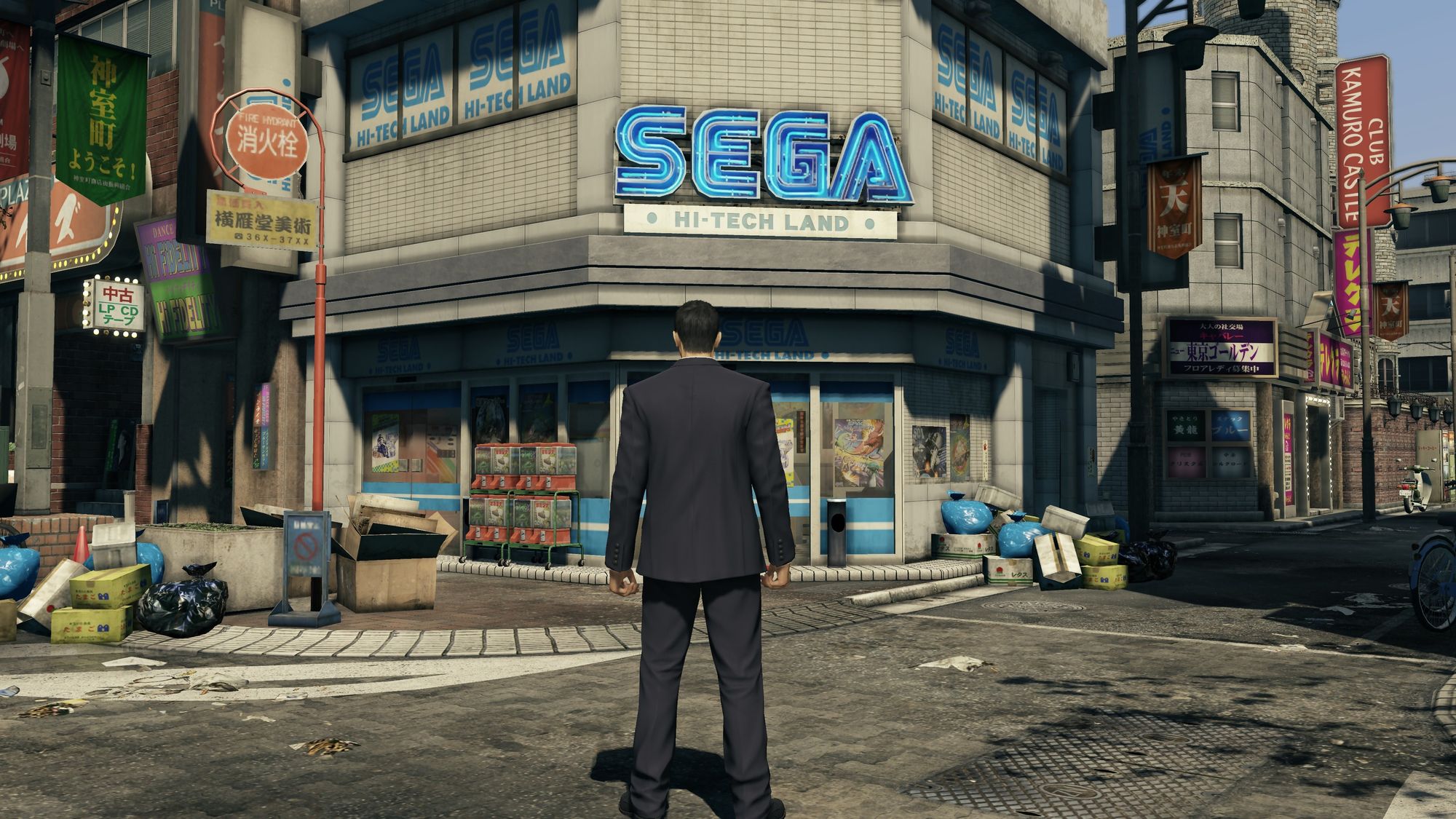Small Video Game Worlds Are Underrated
Game settings don’t need to be huge to be impactful

Neon lights sparkle into my face as I make my way over to Club Sunshine from the Grand. Though Sunshine is on the other side of Sotenbori, it’s not a long walk. I know these streets by heart. I’d need neither map nor compass to find my favorite sushi restaurant or a discount store. The only thing I don’t know is what odd fellow, local thug, or person in distress I will encounter on the streets this time.
I am playing Yakuza 0, my first entry into this series, and I am reminded of a world design that I haven’t experienced in a long time. I find that most games tend to be rather extreme with their level design. Either they opt for strict linearity, usually in favor of high-speed story-driven gameplay, or they brag about their vast and massive open worlds, customarily sprawling with activities.

The game’s developer, Ryu Ga Gotoku Studio, chose a different route, reminding me of what one can achieve with more miniature worlds. Yakuza 0 features two separate open worlds. I struggle to choose between describing their size as small or medium, but I suppose by today’s standard, the appropriate description would have to be small. To paint the picture for those not acquainted: the player can run from one corner of the map to the other in a matter of minutes.
What I miss the most when playing games with large open worlds is a sense of familiarity. While I love exploring new frontiers, open-world games are typically designed in a manner that you don’t really develop any familiarity with your surroundings since you are always on the move, usually from one point of interest to another.
In compact worlds such as that of Yakuza 0, you learn by memory where the nearest convenience store arcade and batting center is. After a handful of hours, the two cities begin to feel like home, and their citizens become acquaintances.
Games with small-to-medium-sized open worlds do not require fast traveling, an ability that is otherwise a staple in large open-world games. It obviously cuts down on time spent going from point A to point B. For titles like Assassin’s Creed Odyssey, Skyrim, or The Witcher 3, fast travel is pretty much a necessity, as traveling across the world on foot (or horseback) is a time-consuming and often repetitive endeavor.
Yet, fast traveling further removes the player from the world. It makes it feel more fragmented. It’s like when a tourist visits a large city and takes public transportation from one point of interest to another, without actually discovering the city that exists in-between.

Titles like Spider-Man solve the issue by making traversal fast and fun. It features a decently large world, and, as is custom, it does allow the player to fast-travel through it. But I found that I never really used the fast-traveling mechanic, instead opting to swing my way through the city.
The Witcher 2: Assassins of Kings did not feature the large, sprawling world for which its successor would be known. Instead, it had a semi-open world format, featuring three contained small worlds that the player couldn’t fast-travel through. While the world didn’t have the depth of its successor, it created that sense of familiarity that I’ve found myself relishing.
Yakuza 0’s world design further shows its brilliance with the way that the developers create variety. You might expect that a small world would produce monotony or repetitiveness, but the developers cleverly sprinkle unique side-quests with wacky characters that show up when you least expect them to. You may have walked down a street ten times in the past, only for a dominatrix to be there on the eleventh, asking you for mentoring.
Furthermore, the game generally doesn’t show these side-quests on the map unless you equip a specific item.

In open-world games, points of interest are usually littered all over the map. It’s a staple. It has the unfortunate side-effect that players will often just go from one thing on the map to another without actually experiencing that sense of exploration and discovery that open-world games are marketed as containing. Open world games can often feel like checkbox-clearers.
I’ve previously written about Ghost of Tsushima’s wonderful solution to this dilemma. It does feature a map filled with these points of interest, but it features neither mini-map nor compass. Instead, it guides players to locations through visual cues.
But in a small world such as that of Yakuza 0, where the player is bound to walk down every street, there is no need to litter the map with markers, as the player is likely to discover the events naturally anyway. And by cleverly having these side-quests appear at certain intervals, the player never knows what to expect even when going down a street they’ve been down before.
Furthermore, having a small world doesn’t mean that there are fewer things to do; it means that those things aren’t scattered as far apart. Make no mistake:Yakuza 0is full of optional activities.

I appreciate games where its world starts to feel like home. I applaud Yakuza 0’s developers for designing the world in a manner that entertains both familiarity and variety.
In a time where most games are rather extreme with the scale of their worlds, I would love to see more games attempt to elevate smaller but open worlds.
